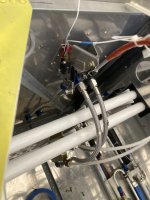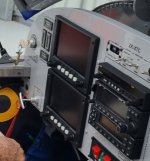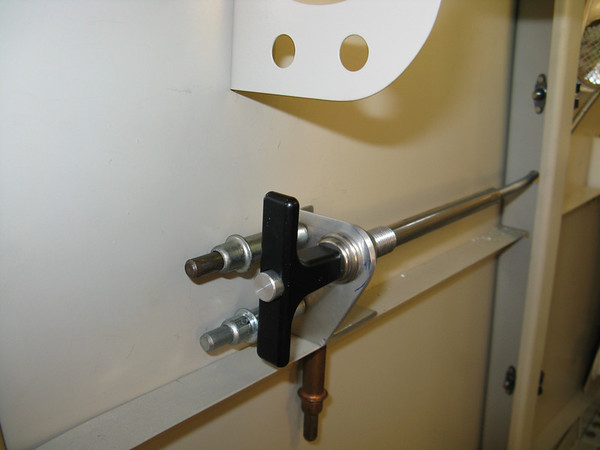Hello collective brains of the RV community. I'm building a 7. Back in the 90's I built a -6A and recall having several occasions where I regretted not installing a parking brake valve. In an effort to not repeat history I'm considering a Matco PVPV-D parking brake valve. For weeks now I've read the debates over the pro's and cons. I'm not here to add to that. My question(s) for the community is has anyone installed a "T"-style quarter turn locking control cable to control the valve? My thoughts are that the "turned when locked on" feature provides an extra visual indication as to the valves position of open/close. Additionally the "T" configuration is easily discernible from other controls on a potentially crowded piece of real estate on the panel. The travel of the cable I'm considering is 2 1/2". Looking at a diagram of the valve on line, it provides the degrees of travel, but not the actual distance of travel. So I'm looking for any insight on both the control cable type and the travel distance of the valve arm? Thanks everyone.
Gene
RV-6A first flown Halloween '99- No tricks one BIG treat!
RV-7 Under construction
Currently flying my Bellanca Super Decathlon, because inverted is just more fun
Gene
RV-6A first flown Halloween '99- No tricks one BIG treat!
RV-7 Under construction
Currently flying my Bellanca Super Decathlon, because inverted is just more fun







